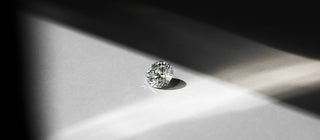
Our Diamonds
At Jewellers Workshop, each bespoke piece is crafted exclusively for you
Recognizing that jewellery is more than an accessory—it's a reflection of your unique style and personality. Aligned with our philosophy, we are dedicated to creating one-of-a-kind pieces tailored to your individual taste and preferences, beginning with the selection of the perfect diamond.
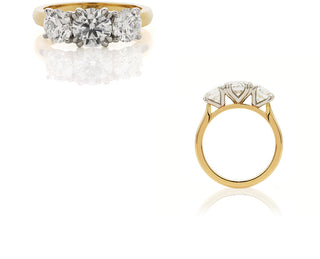
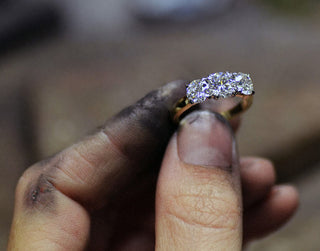

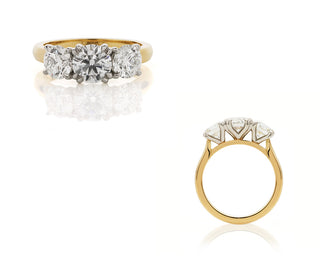
Precision Cut Diamonds
Diamond cutting, dating back to the 14th century, is the shaping a rough diamond into a polished, symmetrical gemstone. The art of diamond cutting has evolved over the years; today it fuses traditional and modern techniques to bring out a diamond's beauty.
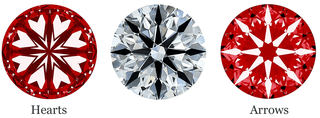
As diamond cutting technology has evolved, the accuracy with which we’re able to cut a diamond has also improved. Now, mathematical formulas are used to calculate which proportions produce the most sparkle; and the closer a diamond is cut to these formulas, the better the sparkle. This is where precision cutting comes in. A precision-cut diamond is a diamond that has been crafted with exceptional accuracy and attention to detail. It has ideal proportions, symmetry, and angles, which maximize its ability to reflect and refract light, resulting in superior brilliance, fire, and scintillation.
At Jewellers Workshop, we consider cut to be the most important of the four C’s, as the cut significantly impacts the perceived beauty of a diamond. As such, we specialise in sourcing precision cut diamonds. While colour and clarity are also important considerations, a well-cut diamond can outshine those of higher colour and clarity grades. This has the added effect of enhancing colour perception, while minimising the visibility of inclusions.
Our round diamonds primarily display Hearts & Arrows; a precision-cut with a distinctive kaleidoscope-like pattern of hearts and arrows, present only in diamonds with superior symmetry. Less than 1% of the world's diamonds are cut to hearts and arrows precision.
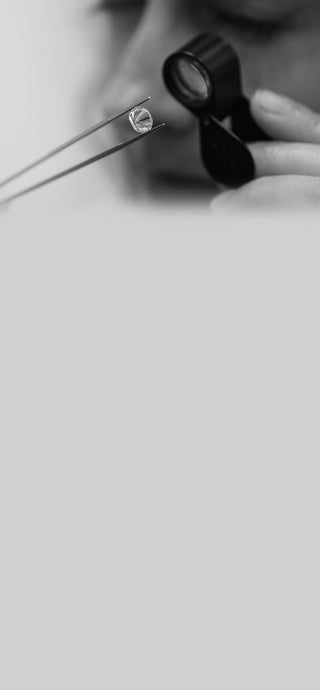
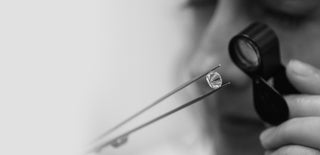
Natural Diamonds
We’re proud to offer ethically sourced natural diamonds for both our bespoke jewellery and our entire ready-to-wear collection.
All of our diamonds adhere to the Kimberley Process, an international certification scheme that regulates the trade of rough diamonds to prevent the financing of conflict.
In addition to adhering to the Kimberley Process, we take extra steps to support best practices within the diamond industry. First, we purchase our polished diamonds from De Beers’ Sightholders. This is a select group of companies chosen for their adherence to best practice principles, encompassing strict ethical standards in areas such as responsible mining, environmental sustainability, labour practices, and community engagement.
Furthermore, we prioritise purchasing diamonds from particularly Botswana and Canada, but also Namibia, South Africa and Australia, due to their exemplary environmental and social practices. For example, in Botswana alone more than 80% of the profits from the diamond mining industry are reinvested directly back into the community. This has been critical in transforming Botswana from one of the poorest, to one of the richest countries in Africa, and one of the world’s fastest growing economies. By choosing diamonds from these sources, we ensure that the profits go back into local communities, and that the exploration, extraction, sorting, cutting, and polishing are conducted in a professional and ethical manner
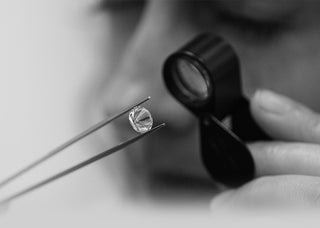
Natural Diamonds
We’re proud to offer ethically sourced natural diamonds for both our bespoke jewellery and our entire ready-to-wear collection.
All of our diamonds adhere to the Kimberley Process, an international certification scheme that regulates the trade of rough diamonds to prevent the financing of conflict.
In addition to adhering to the Kimberley Process, we take extra steps to support best practices within the diamond industry. First, we purchase our polished diamonds from De Beers’ Sightholders. This is a select group of companies chosen for their adherence to best practice principles, encompassing strict ethical standards in areas such as responsible mining, environmental sustainability, labour practices, and community engagement.
Furthermore, we prioritise purchasing diamonds from particularly Botswana and Canada, but also Namibia, South Africa and Australia, due to their exemplary environmental and social practices. For example, in Botswana alone more than 80% of the profits from the diamond mining industry are reinvested directly back into the community. This has been critical in transforming Botswana from one of the poorest, to one of the richest countries in Africa, and one of the world’s fastest growing economies. By choosing diamonds from these sources, we ensure that the profits go back into local communities, and that the exploration, extraction, sorting, cutting, and polishing are conducted in a professional and ethical manner
Traceability
Every diamond carries a story. From its origins deep within the earth, to its place in your jewellery, each gem represents the journey of the past and holds memories of the future. We’re glad to see an increased interest in traceability, and while every diamond that enters New Zealand is procured ethically through the Kimberly Process, there are additional country of origin options for those who are curious to know more about their diamond.
Trusted Suppliers & Country of Origin Reports
We work closely with trusted suppliers, who we have established a business relationship with over many years. Acting as intermediaries between mines and us, these suppliers procure rough diamonds directly from mining companies before faceting them into a polished gemstone. These suppliers provide us with specific country-of-origin information for select diamonds; from in-house reports, to formal certification such as CanadaMark and GIA country of origin.
Canada Mark Diamonds
Canada Mark Diamonds are mined in Canada, are tracked from mine to market by the CanadaMark™ program. Each diamond receives a unique serial number which is recorded and authenticated by the Canadian Government and given a card of authenticity called a CanadaMark Card. Canada, along with Botswana and Australia, and renowned for having the highest standards of social and environmental practices within the industry. Canada Mark also offer a certification for melee diamonds – diamonds that weight under 0.25ct.
Australian Diamonds
Australian Diamonds are found in three places; Ellendale, Merlin, and the famed Argyle mine. While the selection on gem quality white diamonds is limited, Australian diamonds are well known for their intriguing colours including champagne and yellow, as well as highly sought after pink, red and blue diamonds.
GIA country of origin
A GIA country of origin report is issued by the Gemological Institute of America (GIA). GIA is one of the most reputable and widely recognized gemmological organizations in the world, known for its strict grading and certification standards. When a diamond has a country of origin noted on the GIA report it means that the diamond has been independently assessed and documented by the GIA, in both rough and polished form, before being assigned a unique identification number.
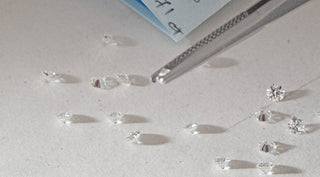
Man-Made Diamonds
Man-Made, or Lab-grown diamonds are real diamonds; however, they have been grown in a laboratory rather than forming under the earth over billions of years. People tend to opt for lab-grown diamonds due to their renewable nature and significant cost benefits, especially in larger sizes. To distinguish between natural and lab-grown diamonds requires specialised equipment, and it’s impossible to tell the difference with the naked eye. For this reason, they offer a good alternative to natural diamonds, matching the durability, brilliance, and sparkle.
Lab-grown diamonds are often touted as a more ethical and environmentally friendly alternative to natural diamonds, however the reality isn’t as straightforward as this. While they are renewable, whether they are more environmentally friendly or not is determined by how they’re produced. Lab-diamonds require a huge amount of energy to grow, and are primarily produced in low-wage economies reliant on fossil fuels, like India and China. Whether they are more ethical than natural diamonds also depends on the specific factory. While some companies have sound labour practices, we don’t always have good insight into what labour conditions are like.
Our perspective is that the ethical and environmental benefits of lab-grown and natural diamonds should be evaluated based on their specific sources. A natural diamond mined under best practices is typically superior to the average lab-grown diamond. Conversely, a lab-grown diamond produced with renewable energy and strong ethical standards surpasses the average natural diamond.
All of our ready-made pieces are created with natural diamonds; man-made diamonds are sourced to order exclusively for custom-made pieces.

